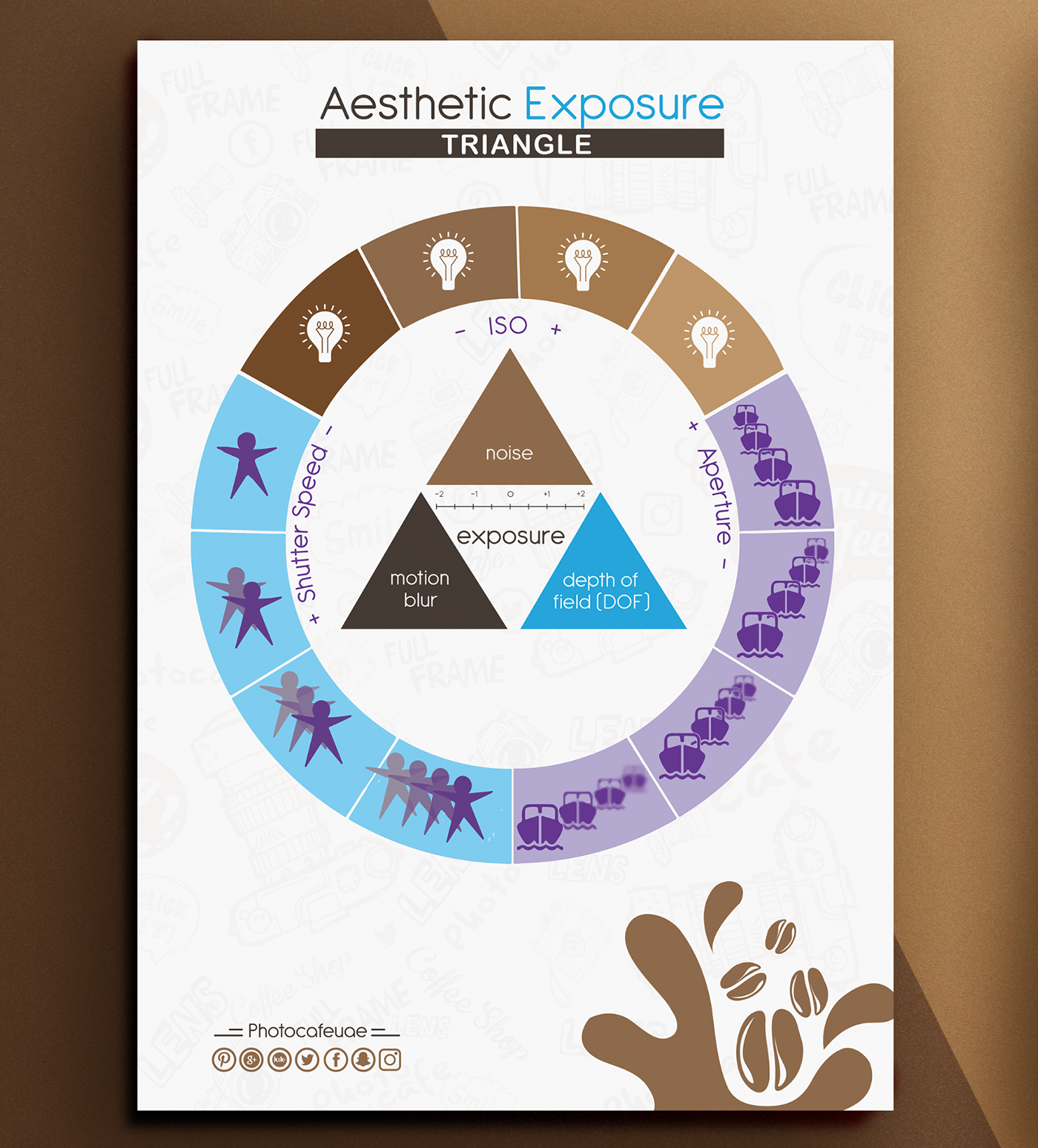Digital Photography Tips For Beginners: Grasping Your Electronic Camera Quickly
Digital Photography Tips For Beginners: Grasping Your Electronic Camera Quickly
Blog Article
Post Written By-Tobin Kaas
When you initially get your cam, it can really feel overwhelming with all the setups and options available. You might find yourself asking yourself just how to navigate aperture, shutter rate, and ISO successfully. Understanding these basics is critical, yet there's more to photography than just technical knowledge. Recognizing structure techniques and lighting problems can elevate your photos significantly. So, what happens if https://postheaven.net/julio7micki/exactly-how-to-locate-your-one-of-a-kind-style-as-a-photographer could learn basic techniques to boost your skills and start capturing remarkable images earlier than you believe? Let's check out how to transform your digital photography journey.
Recognizing Cam Settings
Comprehending your camera setups is critical for capturing stunning photos. When you get your electronic camera, familiarize yourself with the three primary setups: aperture, shutter rate, and ISO. Each plays a crucial role in just how your pictures end up.
Beginning with aperture, which manages the amount of light entering the lens. A wider aperture (reduced f-number) lets in more light and produces a stunning background blur, best for portraits. Alternatively, a narrower aperture (greater f-number) maintains even more of the scene in focus, perfect for landscapes.
Next off, concentrate on shutter speed. This setup identifies for how long your video camera's sensing unit is exposed to light. A fast shutter speed freezes motion, which is wonderful for activity shots, while a slow shutter speed can produce sensational effects like smooth water in landscapes.
Lastly, readjust your ISO. This setup influences your electronic camera's sensitivity to light. A greater ISO is useful in low-light scenarios yet can introduce noise or grain. Go for the lowest ISO possible while still achieving correct direct exposure.
Make-up Strategies
When you're out capturing, make-up can make all the difference in just how your pictures reverberate with viewers. Beginning by utilizing the rule of thirds; envision your framework divided right into 9 equal areas with 2 straight and 2 vertical lines. Setting key elements along these lines or at their intersections to create equilibrium and interest.
Next off, take into https://fstoppers.com/education/which-sensor-size-suits-your-type-photography-best-436071 leading lines. These natural lines in your scene, like roadways or rivers, draw the viewer's eye into the photo, directing them with the story you're telling.
Do not ignore framing; usage aspects within your scene, like trees or home windows, to produce a frame around your topic, adding deepness and emphasis.
Additionally, keep an eye on your history. A chaotic history can distract from your main subject, while an easy one helps it attract attention.
Last but not least, explore symmetry and patterns; they can produce a striking image that catches focus.
Learning Illumination Issues
Understanding lighting conditions is important for recording stunning photos, as the right light can change a normal scene into something remarkable.
Beginning by observing all-natural light at different times of the day. Early mornings and late afternoons supply the best light, called the gold hour. The soft, cozy tones during these times can boost your pictures wonderfully.
Do not shy away from overcast days either; diffused light can decrease extreme darkness and create a pleasing effect, particularly for pictures.
Try out backlighting by placing your topic versus the light source. This method can produce a wonderful halo effect and include depth to your photos.
Take note of your cam settings as well. Change the ISO, aperture, and shutter speed to fit the lights conditions. A greater ISO can assist in reduced light, but be cautious of grain.
Use a tripod in darker settings to prevent blur.
Last but not least, don't fail to remember artificial lighting. Flash and constant lights can be terrific devices for controlling light in tough problems.
Final thought
Finally, understanding your cam doesn't have to be overwhelming. By recognizing your settings, using structure techniques, and utilizing the power of natural light, you'll quickly boost your digital photography abilities. Remember, practice makes perfect, so go out there and try out your newly found expertise. With time and devotion, you'll be catching stunning images that show your unique point of view. Enjoy the journey, and do not neglect to enjoy while you're at it!
